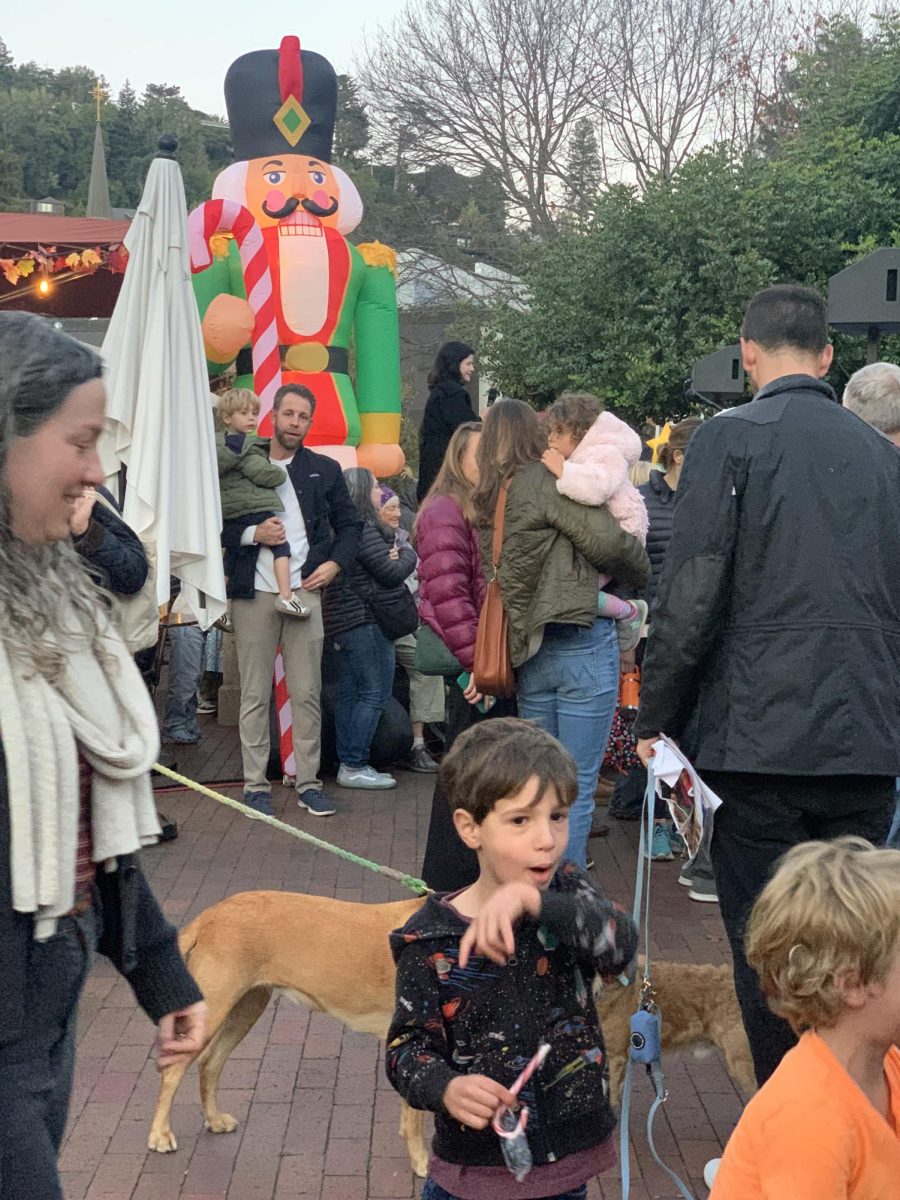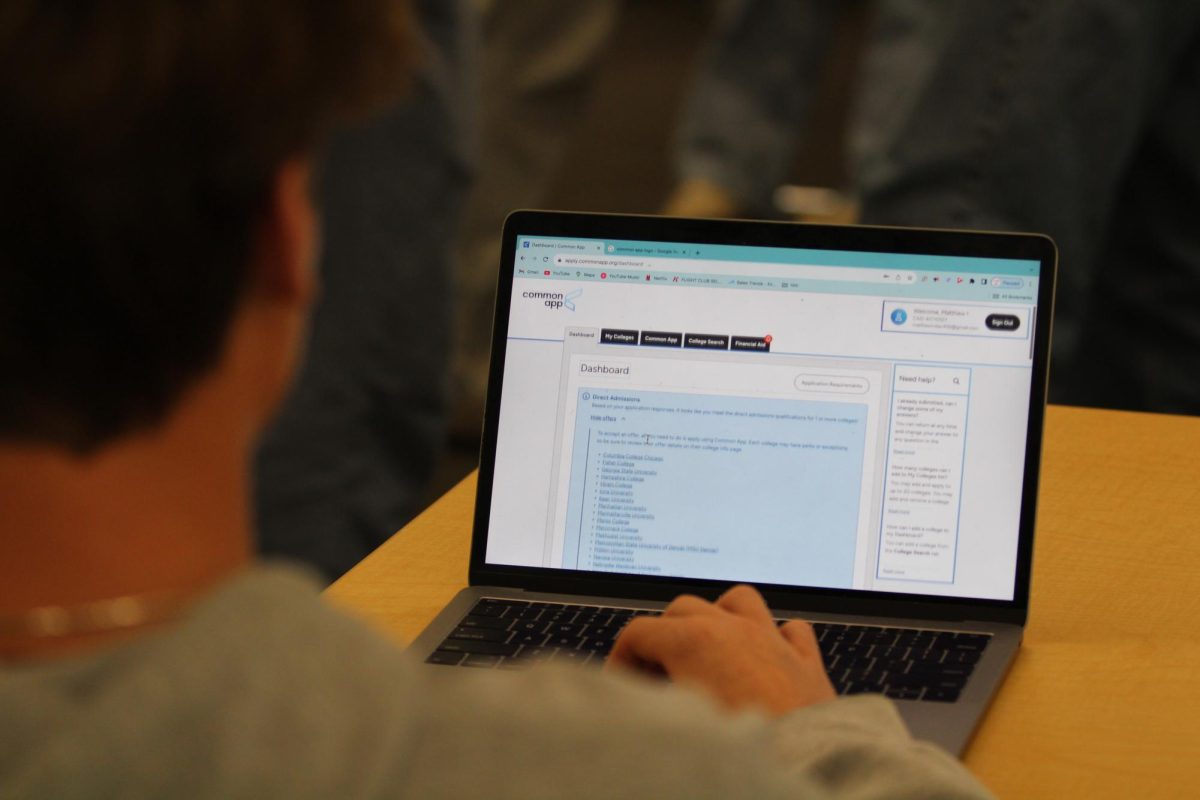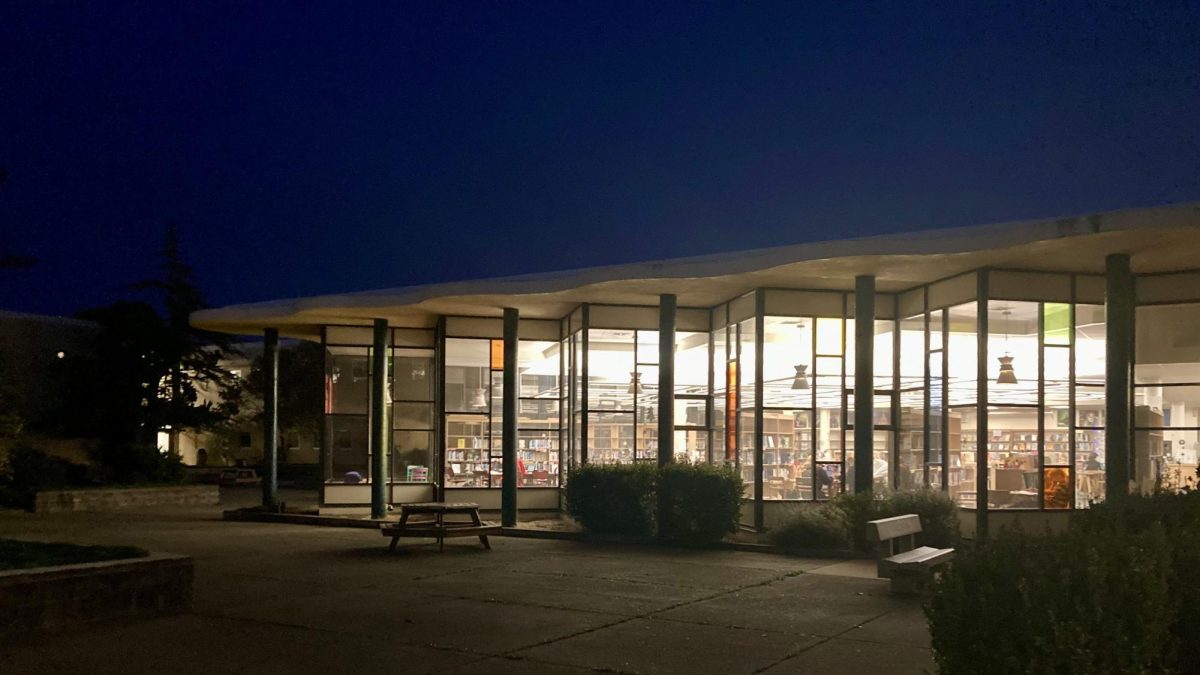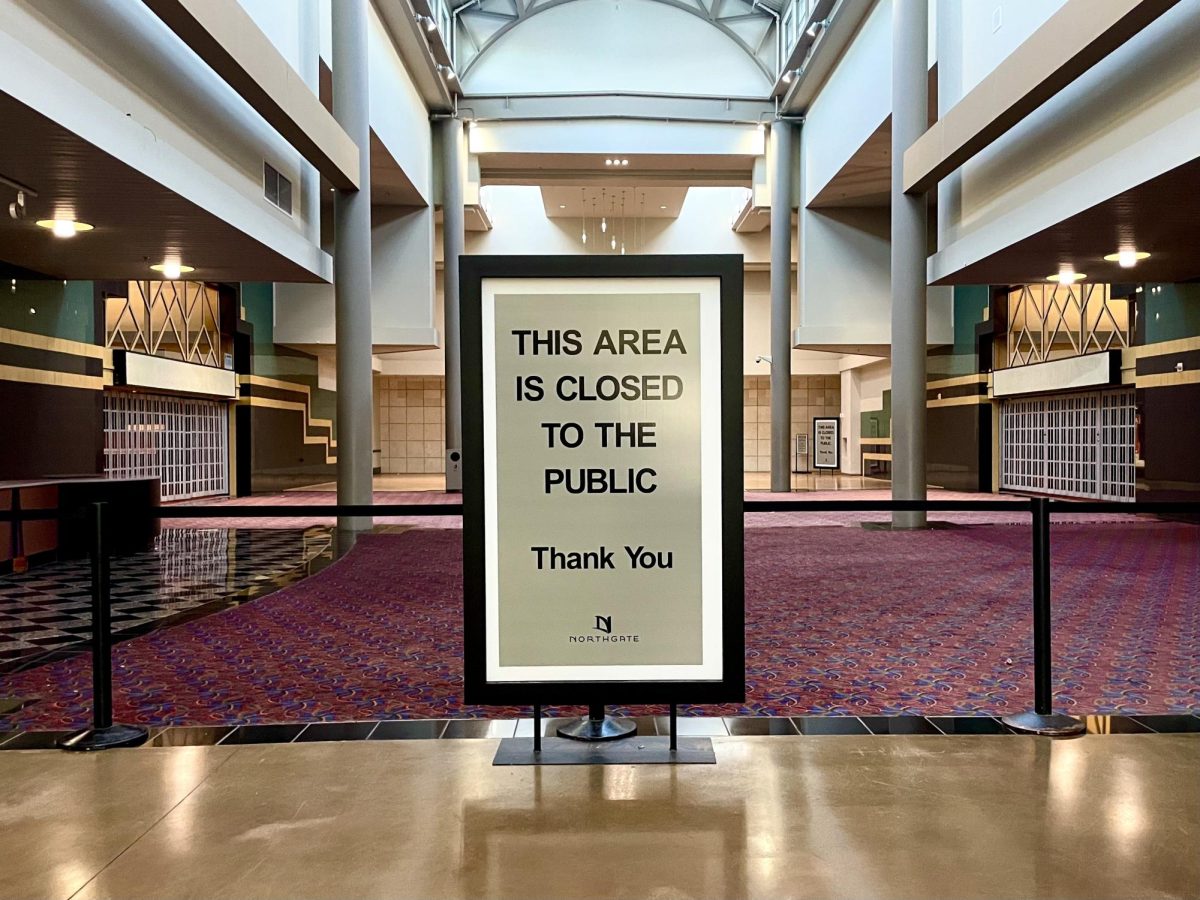Leading her classmates around the main building’s familiar speckled tile hallways and then outside to the new pool and art building, Karen Barrett felt an overwhelming sense of pride for her alma mater. She had walked these halls countless times over the last decade as a library assistant, but never with a group of her classmates from 50 years ago.
This year marks the 50th anniversary of the Class of 1963, which was the second class to graduate Redwood after all four years. Nearly thirty of the 355 alumni met at the flagpole to attend Barrett’s tour of the school on Sept. 20, and over 100 alumni reconnected with classmates at the reunion the following day at Bocce Ball Park in San Rafael.
“Everyone was very enthusiastic and pleased with the way the school looked,” Barrett said. “They all talked about having a pretty good experience here. Some of the guys even joked about being in the principal’s office a little more than they should have been.”
At the Boche Ball Park reunion, the alumni spent all afternoon catching up and sharing memories of their experiences in high school.
Nancy Altman, one of the five women who organized the reunion and whose two children later graduated from Redwood, said it was exciting to see how friends have changed over the course of five decades.
“After 50 years, you really don’t remember the person as you see them now,” Altman said. “But when you look at their name tag and see their name, all of a sudden their face comes back and it’s like it was yesterday in the halls of Redwood.”
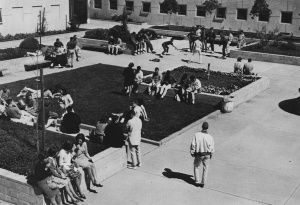
For retired chemistry and physics teacher Bob Connell, the 50th reunion had a significantly different atmosphere than the 10th, 20th, 30th and 40th reunions he had attended.
“In the earlier reunions, you’d go back and think mostly about trying to convince the friend you had in high school that you are really successful in your job and not the jerk you were back in high school,” Connell said. “At this year’s reunion, that’s all silly stuff. It’s more to do with reconnecting and discovering what other people’s lives are like to give you insight onto your own life.”
Altman created a website for the class, posting old yearbook pictures and playing old 1960’s songs like The Beatles’ “She Loves You” and Santo and Johnny’s “Sleepwalk” to add to the nostalgia.
The school looked very different back in 1963. According to Barrett, the main building was painted white instead of yellow, the Little Theater hadn’t opened until their senior year, and there was no pool or comprehensive arts department.
The quad, dubbed the “senior quad”, was an exclusive privilege for seniors.
“It was a special place, an honor that you had finally made it to be a senior and this was your exclusive place to hang out together,” Barrett said.
Altman said she also noticed specific gender roles at school. Women were required to wear skirts—never pants or shorts—and male students held most of the important positions in student government.
The only day of the year women were allowed to wear shorts was on “Bermuda Short Day”, according to Lillian Glaeser, a three-year Log staff member.
“We all tried to look sexier than the other person…in Bermuda shorts. They had to be below the knee or else you went to the Principal’s office.”
There were a very limited number of women’s sports available.
“I wanted to play basketball, but there was only softball and cheerleading,” Altman said.
Still, many things have remained the same, according to Glaeser, who had never returned to the school until the tour on Friday.
“The most memorable part of school that I remember is the spirit rallies that we had. I used to sell red spirit ribbons and we would have a huge rally with the cheerleaders and the guys that threw them up in the air. There would be comedy routines and speeches which made it a whole lot of fun.”
Connell said that teenagers in the 1960’s still liked to pull pranks.
“One day I knew were going to do a lab, so I took the Bunsen burner tube off the valve and filled it with water and put it back onto the gas,” Connell said. “When everyone came into class and it was time to do the lab, and pressure forced water to go up and splash the ceiling!”
Altman said the upperclassmen would also prank the underclassmen.
“We used to joke to freshmen that there was a third floor,” Altman said. “When freshmen asked for directions, seniors would point upstairs and say ‘oh well, that’s on the third floor.’ And you would walk up the stairs and look around for the third floor.”
While they graduated too early to feel the effects of the civil rights movement and the assassinations of Martin Luther King and Kennedy, Connell said the school felt a definite impact from another famous social movement: rock’n’ roll.
“The Beatles changed everything and had a big impact on the student body during the Vietnam War,” Altman said. “It was a relief because of all of the heavy stuff going on.”
When the hippie movement also emerged, Altman and Connell agree that most students were unaware of the new culture so close to home.
Connell said he regrets being ignorant about the movement and hopes to make up for lost time in his retirement.
“One of my goals in retirement is that I want to be a hippie,” Connell said. “Here I am in Marin County as a teenager in 1963 and hippiness is just starting to percolate. One of my regrets is to not be a part of that, to run through the hills of Berkeley in multicolored shirts and throwing flowers up in the air and singing Jefferson Airplane songs.”


